Nicki Holmyard, Advocate contributor and co-founder of Offshore Shellfish Ltd. in the UK, details mussel producers’ conundrum
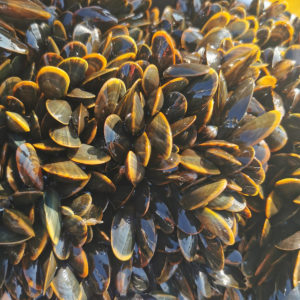
Mussels are an important global commodity, which are cultivated in North and South America, Asia, Europe and Australasia. They are important as a human food, can be turned into a valuable omega-3 extract, or an ingredient in fish feed, and are also used in animal feed, particularly in China.
According to the Food and Agriculture Organisation of the United Nations (FAO), global production in 2018 was 2.1 million metric tons (MT), up from 1.8 million MT in 2015. Total value in 2018 reached $4.5 billion, up from $3.2 billion in 2015. Asia was responsible for more than half of the production, with Europe recording 532,000 MT and the Americas 411,000 MT.
The most significant producers in 2018 were China (903,000 MT), Chile, (369,000 MT) and Spain (284,000 MT). Making up the middle ground were New Zealand (86,000 MT), Italy (62,000 MT), France (57,000 MT), Korea, (50,000 MT) Netherlands, Denmark and Thailand (around 45,000 MT each), Canada (27,000 MT) and Greece (22,000 MT).
Several different species of mussels are farmed. Thailand and the Philippines are the main producers of the green mussel (Perna viridis); Mytilus chilensis, the Chilean blue mussel, is grown in Chile; the Mediterranean mussel (Mytilus galloprovincialis) is found in Spain, France, Greece and Italy; Mytilus edulis, also known as the blue mussel, is produced in northern European countries such as the UK, Ireland, the Atlantic coast of France, Denmark and Norway; New Zealand grows the green-lipped mussel (Perna canaliculus); and the Koreans produce Mytilus coruscus.
Two sides of certification
As a natural and plentiful resource, it might be assumed that mussels are inherently sustainable and therefore do not need certification to prove the fact. However, mussels are very much a part of the certification scene and are subject to an ongoing and occasionally heated debate amongst the mussel farming community about whether this certification should be considered in the realm of fisheries or aquaculture.
(Editor’s note: The author of this article, Nicki Holmyard, is a long-time contributor to the Advocate as well as a co-founder of Offshore Shellfish Ltd., which operates three rope-grown mussel farms in the English Channel, off the coast of South Devon, between three and six miles offshore. We asked her to break down the ongoing discussion about mussel certification as only she can. Offshore Shellfish has earned Best Aquaculture Practices certification and recently received the Best Aquaculture Company accolade in the UK Aquaculture Awards, with their offshore manager picking up the Shellfish Farmer of the Year award.)
This debate has been brought about in part by the fact that global production is split between mussels laid on the seabed to then be harvested by dredge later, and those grown on ropes in suspended aquaculture.
This in turn pits the Marine Stewardship Council (MSC) against the host of aquaculture certification companies who include mussels in their portfolio of standards, including Best Aquaculture Practices (BAP), the Aquaculture Stewardship Council (ASC), GlobalGAP and Friend of the Sea.
MSC, as a certifier of well-managed and sustainable fisheries, was first on the scene, when the majority of mussels were grown on the seabed. The organisation did not initially include rope-grown mussels within its remit, but the MSC board later had a change of heart and voted to include them as an “enhanced fishery.”
There followed a rush of applications from mussel farmers, often aided by grant-funding aimed at improving the sustainability standing of seafood products, and the MSC was able to certify many mussel farms before other certification bodies’ standards became operational. As a long-standing and trusted brand for retailers and a familiar label for consumers, the MSC is difficult to compete with, despite the fact that rope-grown mussels now account for around 90 percent of all mussel production.
Differences in production models
Bottom-grown mussel companies generally dredge seed from wild seed beds, or collect them on nets, then relay them in specific densities in ongrowing plots. The plots are managed in order to keep the predator population low. Predators such as crabs and starfish can be voracious eaters and decimate a crop in a very short time.
Rope-grown mussel farmers also have two options for seed collection. They may capture natural seed from the wild on spat-catching rope, which is then re-tubed in cotton or mesh socking onto new ropes at the correct density, or they may use seed mussels from a hatchery. Mussel farmers in the United States and Australia rely strongly on hatchery-produced spat, and trials are ongoing in several other countries, including New Zealand and Scotland, with mixed results.
In areas of reliable spatfall, wild-caught mussel seed offers the most cost-efficient option, but one downfall is that the catching and re-tubing operations must be done at a timetable dictated by nature. Hatchery spat, on the other hand, may be produced at any time, offering mussel farmers the option to select for particular genetic traits, or to stagger production. This in turn brings benefits at harvest, with mussels always available at a consistent size.
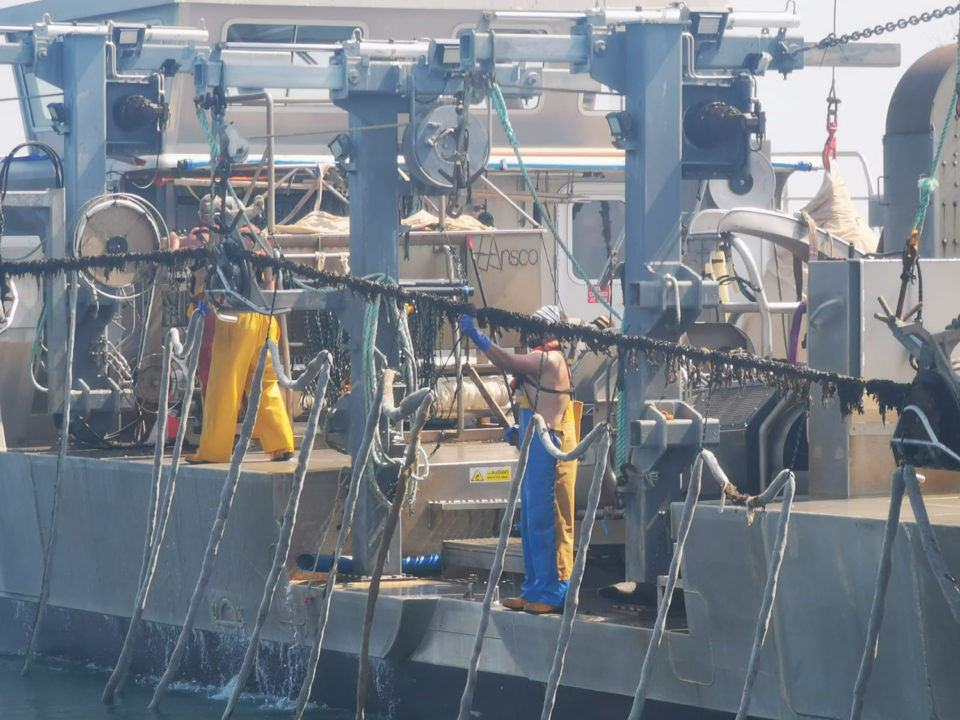
Is it a fishery or a farm?
In 1988, FAO introduced a definition of aquaculture that reduced its confusion with capture fisheries. The definition states: “Aquaculture is the farming of aquatic organisms, including fish, molluscs, crustaceans and aquatic plants … Farming also implies individual or corporate ownership of the stock being cultivated.”
Following this argument further, farming is the activity of actively raising and managing animals, growing crops, etc. on a farm, and a farm is an area that is either owned or leased specifically to raise animals or crops.
Fishing is an activity that generally takes stocks from a public resource, and those stocks are managed by governments. Capture fisheries cannot be controlled in any meaningful way, whereas farming includes management.
For purists, it is important to differentiate farm-raised mussels from wild-capture mussels for a number of reasons related to sustainability. Firstly, the dredging of wild mussels from the seabed can cause localized depletion or has direct impact on it, whereas mussels grown on ropes suspended off the seabed have minimal direct impact on the benthos once the anchors are placed. Secondly, the farming of mussels can facilitate a rapid expansion in biomass in a discrete area through the targeted use of seed collectors, whereas dredging does not do this.
Do consumers care?
While the debate rages on within the mussel-farming community, the big question is whether or not it really matters to consumers. The argument runs that consumers are already confused by a plethora of environmental claims being made in the seafood arena, and that certifying farmed seafood with a standard developed for wild-capture only furthers this confusion.
Ultimately, consumers are only minimally concerned whether their seafood is wild or farmed – unless it is salmon – and few understand the difference. Those who care about the environment and seek out products with a sustainability certification tend to be satisfied, whatever the label.
Sofia Franco from the Scottish Association for Marine Science (SAMS) recently explored the perceived issues and concerns of consumers about aquaculture, including mussel farming. Regarding shellfish, she found an ambivalence to the sector, and a general lack of awareness about it, with little understanding of the production process or the products and how to prepare them. She also reported a distancing of consumers from concepts like sustainability and organic, resulting, she said, from their lack of knowledge.
Given that the gatekeepers to consumers are the wholesalers, processors and retailers, the decisions over which certification scheme is acceptable lie with them.
The retail world in particular is keen on certification. It does a good job in ticking their due diligence and sustainability boxes for sourcing and supply, whilst diverting the cost away from the retailer and on to the producer.
Restaurants are slower to demand proof of sustainability, preferring not to take on the additional costs of paying logo licencing fees, but instead, relying on the fact that customers will trust their judgement.
Many existing mussel processors already have MSC certification, and don’t want to undergo additional audits, as they are already overwhelmed by BRC, ISO9001, and other programs. They are also not prepared to pay the costs of including another certification scheme in their offering. There is also a question of changing packaging to include additional or alternative logos.
For now at least, it seems that the great debate must continue, as mussel production continues to expand, and global consumers demand more non-fed aquaculture products.
Follow the Advocate on Twitter @GAA_Advocate
Now that you've reached the end of the article ...
… please consider supporting GSA’s mission to advance responsible seafood practices through education, advocacy and third-party assurances. The Advocate aims to document the evolution of responsible seafood practices and share the expansive knowledge of our vast network of contributors.
By becoming a Global Seafood Alliance member, you’re ensuring that all of the pre-competitive work we do through member benefits, resources and events can continue. Individual membership costs just $50 a year.
Not a GSA member? Join us.
Author
-
Nicki Holmyard
Nicki Holmyard has written about the seafood industry for longer than she cares to remember! A committed pescetarian, she is also a partner in the UK’s first fully offshore rope-grown mussel farm.
Tagged With
Related Posts
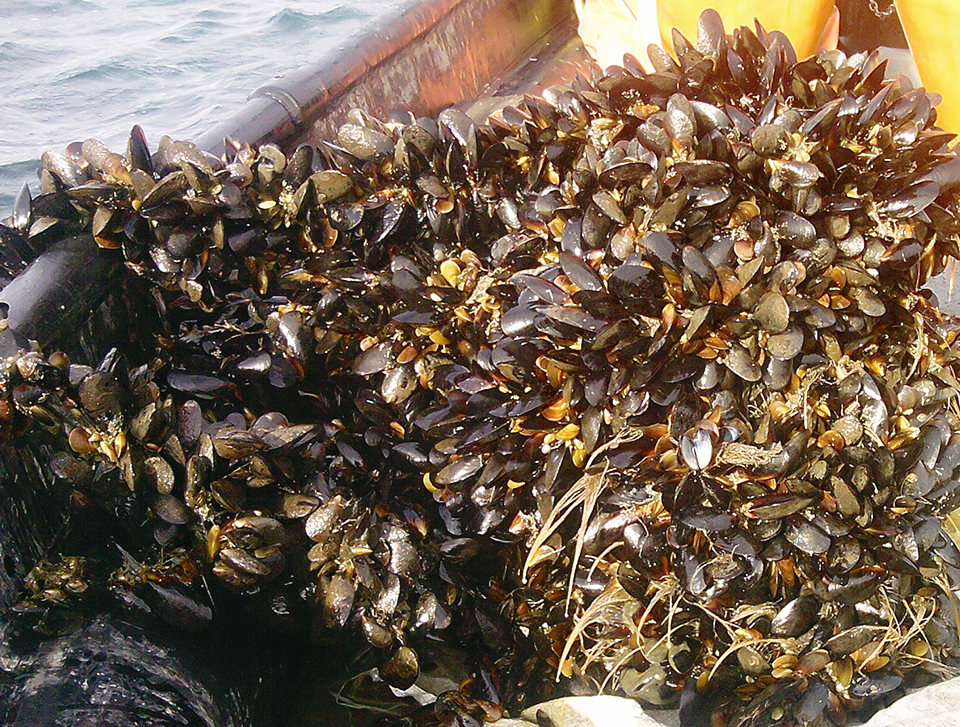
Intelligence
An overview of mussel culture in Chile
While Chile’s mussel industry has entered a growth phase, challenges remain, especially in the seed production and grow-out components. This contrasts with the well-developed nature of the country’s processing plants and marketing outlets.
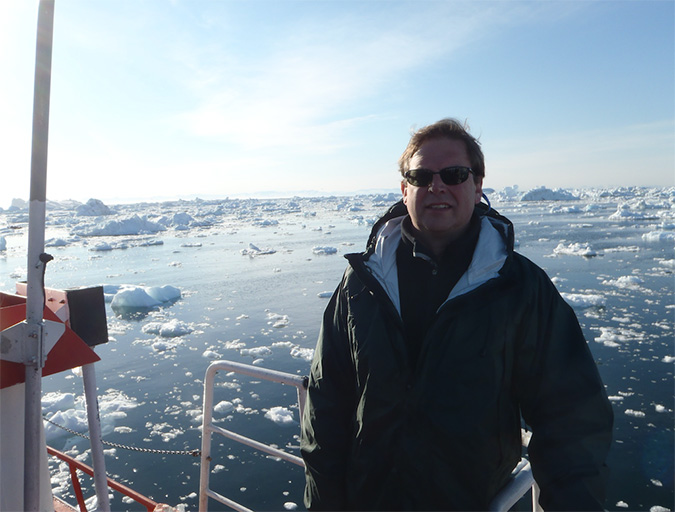
Innovation & Investment
Aquaculture Exchange: Sebastian Belle
The executive director of the Maine Aquaculture Association talks to the Advocate about the diverse and growing industry in his state (oysters, mussels, kelp, eels and salmon) and how aquaculture should be used as a rural development tool.
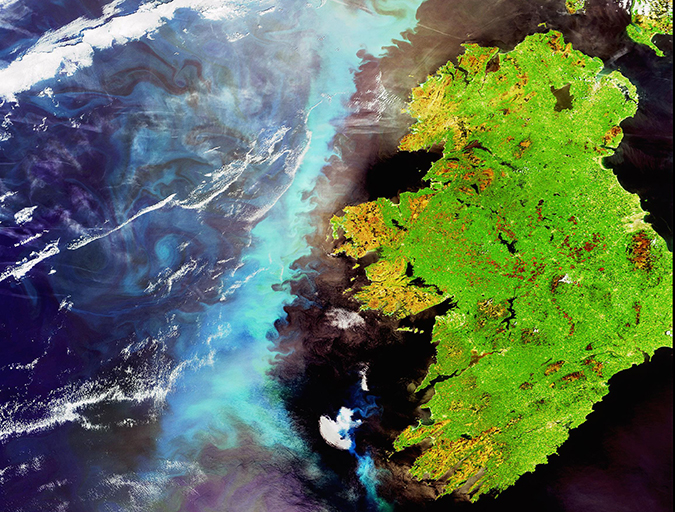
Innovation & Investment
Eye in the sky: Europe employs satellites to advance aquaculture
Copernicus – the European Space Agency’s €4.3 billion Earth Observation System – holds potential benefits for fisheries and aquaculture. The SAFI project is approaching the aquaculture sector about harnessing, and montetizing, this unique service from up above.
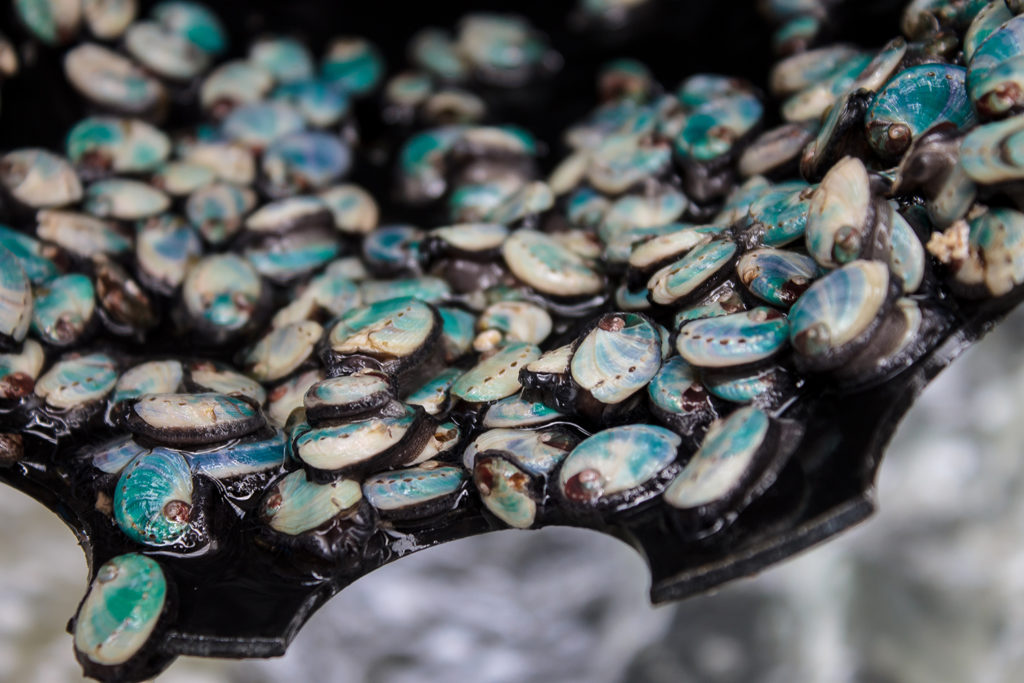
Responsibility
In South Africa, abalone farming goes for gold
Poaching has plagued South Africa’s abalone to the point of decimation. Aquaculture is putting the shellfish back in the water, and back on menus.


